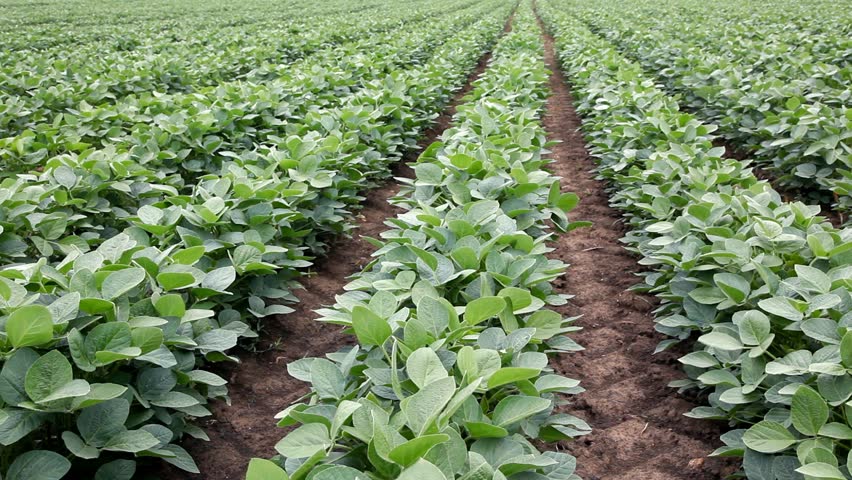Farming legumes like beans, soybeans, or groundnuts is rewarding, but weeds can destroy the effort made; they steal water, sunlight, and nutrients from your crop, leaving you with poor harvests. That’s why using herbicides the right way is very important.
At Saro Agrosciences, Buster (a pre-emergence herbicide you use after planting but before weeds come up) and Twig (a post-emergence herbicide you use when weeds are already showing). are very effective in helping to protect your legumes at the right time, but only if you apply them correctly.
Here are the dos and don’ts every farmer should know and adhere to before their next herbicide application on a leguminous farm.
The Do’s (What You Should Do)
1. Use the right herbicide at the right stage: Before planting, make sure you clear the field with land-clearing herbicides like Slasher, Slasher Super or Gobara SG. These are non-selective herbicides, which means they kill every plant they touch. That’s why they must be used before planting, if you spray them after, they will wipe out your crop completely.
Right after planting your legumes, apply Buster quickly to stop weeds from coming up and to keep the field clean from the start. If you miss this early application window, don’t worry. Wait until the weeds show, then use Twig to clear them safely without harming your beans, soybeans, or groundnuts.
Remember: timing is everything. Using these herbicides at the wrong stage will not only reduce their effect but can also harm your crop. Follow the right order, and your farm will thank you with a better harvest.
2. Measure and mix correctly: STRICTLY follow the instructions on the label when it comes to dosage. Using the right amount is the only way to get the best results. If you use more than required, you will not get a better outcome; instead, you risk destroying your crops and harming the soil and environment. On the other hand, if you use too little, the weeds will survive, and all your effort and money will be wasted.
The simple rule is this: don’t guess, don’t underdo, don’t overdo, just follow the instructions on the label.
3. Spray at the right time of day: Spray in the morning or evening when the sun is not too hot, the wind is calm, and no rain is expected. This helps the herbicide work better and reduces waste.
The Don’ts (What You Should Avoid)
1. Don’t mix herbicides carelessly: Unless the label or an expert says it is safe, never combine two different herbicides. Wrong mixtures can destroy your crop or reduce effectiveness. If you must mix, make sure to reach out to us for more details.
2. Don’t forget to wear PPE while spraying: Always wear boots, gloves, and a face cover. Wash your sprayer, hands, and clothes immediately after spraying. Protecting your health is as important as protecting your crops.
3. Don’t keep herbicides near food, children, or animals: store them separately in a safe, dry place. Herbicides are dangerous if swallowed or touched.
In conclusion,
Herbicides are great. But how you apply them is just as important as the product itself. Want more tips, simple guides, and expert advice on protecting your crops? Download the FarmPropa App today and carry knowledge with you everywhere you go.

Leave a Reply